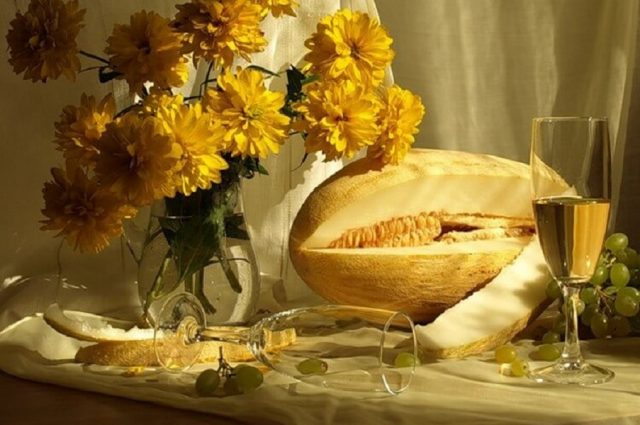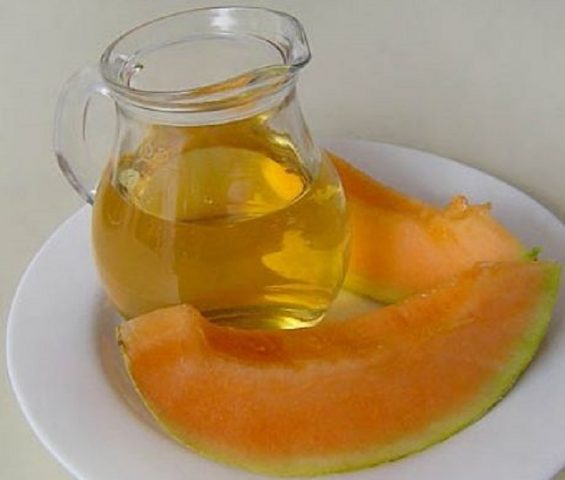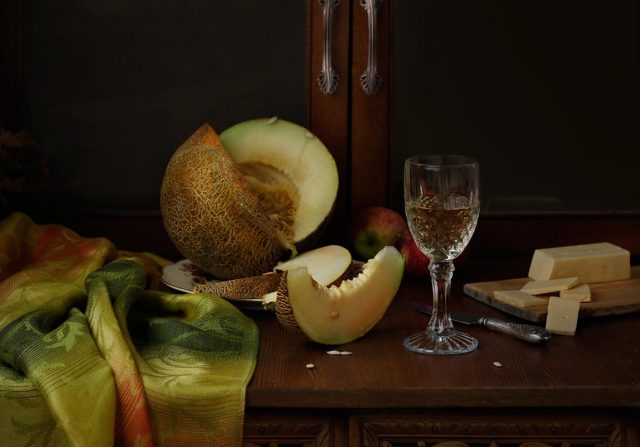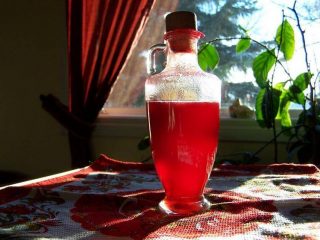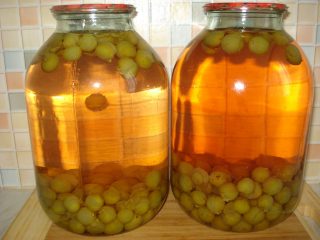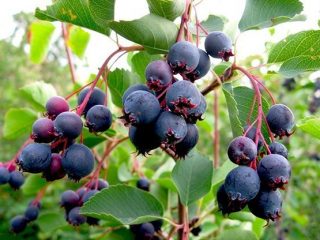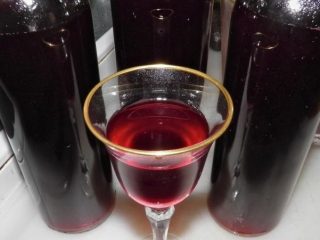Content
Melon wine is an aromatic, full of flavor alcoholic drink. The color is pale golden, almost amber. It is rarely produced on an industrial scale. Melon wine is especially popular in Turkey.
Secrets and nuances of making melon wine
Melons contain little acid, but sugar is abundant - about 16%. Melon is 91% water. In addition, the flesh of the melon is fibrous, so it is quite difficult to squeeze the juice out of it so that it is transparent. But if you filter and acidify the wort well with lemon or apple juice or wine additives, you get a delicious and beautiful wine.
The drink is fermented with pure wine yeast. If you can't get them, use a raisin and raspberry sourdough.
For the preparation of melon wine, only juicy, ripe and sweet fruits are used. Dessert and fortified wines... Due to the peculiarity of the melon pulp, it is extremely difficult to get dry wine from it. Stronger drinks have a distinct taste and aroma.
Before cooking, suitable fruits are peeled and seeds removed. The pulp is cut into small pieces. Juice is squeezed out manually or using special devices. The resulting liquid is filtered through a sieve or gauze. Place in a glass container and add the rest of the ingredients according to the recipe, stir thoroughly. A glove is put on the throat and left to ferment at room temperature.
The drink is filtered using a funnel into which filter paper is placed. Taste, if the wine is not sweet enough, add sugar.
The basic rules to be followed in the process of making wine from melon:
- Before adding sugar, it is pre-diluted in a small amount of wort.
- All utensils used must be clean.
- The fermentation tank is 80% full to leave room for the gases to escape.
- Fermentation should not be longer than 1.5 months, otherwise the wine will lose its aroma and will taste bitter.
How to make melon wine
Ingredients for the basic recipe:
- 11 kg of melon;
- 2 kg of fine sugar;
- 20 g tannic acid;
- 60 g of tartaric acid.
Or:
- yeast and feeding;
- 2 kg of sour apples or the juice of five lemons.
Preparation:
- Cut the rind off the melon, leaving only the pulp. The seeds, together with the fibers, are thoroughly cleaned. The pulp is randomly cut and squeezed out of the juice.
- You should get about 8 liters of liquid. The yeast is dissolved in heated water. Melon juice is added with sugar, apple or lemon juice. Stir.
- The resulting wort is poured into a fermenter or bottle, yeast mixture and top dressing are added. Install a water seal or put on a glove. Leave in a warm dark place for 10 days. When the glove deflates, the wine becomes light, and a sediment appears at the bottom, the wine is poured using a thin hose.
- Young wine is poured into a smaller container, filling it by three quarters. Place it in a dark but cool place and leave it for another 3 months. This is enough to clarify the drink. When sediment falls, the wine is decanted. This procedure is done during the secondary fermentation at least 3 times. Fully clarified wine is bottled and sent to the cellar to ripen for six months.
A simple recipe for homemade melon wine
The right technology will allow you to get a strong, incredibly aromatic and sweet wine of a beautiful color. The addition of acids is a must.These can be special tartaric acids or apple or lemon juices.
Ingredients:
- 200 g yeast;
- 10 g melon pulp;
- 3 kg of fine sugar;
- 2 liters of filtered water.
Preparation:
- The first step is to prepare the leaven: yeast is diluted in 300 ml of warm water.
- The melon is washed, wiped with a napkin. The pulp is separated from the peel and peeled from the seeds. Cut into pieces and squeeze out the juice using a press or a special device.
- Pour the fruit liquid into a glass container, add water by dissolving sugar in it. Sourdough is also added here. Stir. A water seal is installed on the container.
- Place it in a warm, dark place for a month to ferment. As soon as gas bubbles cease to evolve, the wine is drained from the sediment using a thin hose. Sugar is added if necessary. The drink is poured into bottles, hermetically sealed and left for another 2 months in a dark cool room. During this time, the melon wine will mature and settle.
Turkish melon wine
The recipe involves heat treatment, due to which you will need to do less juice squeezing. Turkish melon wine is prepared exclusively with pure yeast culture. It is desirable to add top dressing, but not necessary.
Ingredients:
- according to the instructions for yeast and feeding;
- 5000 g of melon;
- 1 l of 500 ml of filtered water;
- 2 lemons;
- 1750 g of fine sugar.
Preparation:
- Peel the melon off. The pulp is cut into arbitrary cubes.
- Boil water in a saucepan. Lemons are poured over with boiling water, wiped off, rolled with a palm on the table. Cut in half. Lemon juice is poured into water. Pour in sugar. Boil until sugar is completely dissolved, periodically removing the foam.
- Pieces of melon are placed in a boiling mixture and simmered over low heat, for 10 minutes, until the pulp gives up all the juice and becomes soft.
- The mixture is cooled to a barely warm state and poured with the pulp into the fermenter. According to the recommendations on the package, yeast and top dressing are introduced. A water seal is installed on the neck of the container.
- After 10 days, the wine is drained from the pulp and placed in a smaller container, filling it almost to the brim. Leave in a cool dark room until fully clarified.
With the addition of raspberries
Raspberries go well with aromatic melon. To accentuate the color, use a yellow berry.
Ingredients:
- 8 kg of ripe melon;
- 2 kg 300 g caster sugar;
- 4 kg 500 g yellow raspberries.
Preparation:
- Raspberries are sorted out. They do not wash, but peel the melon from the peel and seeds. Cut the pulp into pieces. Mash berries and fruits with your hands or with a rolling pin until puree. Placed in a wide-mouth glass container and leave for a couple of days. A dense head of foam will form on the surface. It is precipitated by stirring the wort so that it does not become moldy.
- After 2 days, the pulp is thoroughly squeezed out using a press or gauze. You should get about 10 liters of juice. Pour it into a glass bottle. Pour 2/3 of sugar into the liquid, stir and put a glove on the throat. Leave in a warm, dark place. If everything is done correctly, the glove should inflate within 24 hours.
- Fermentation will continue for about a month. After a week, add another third of the sugar and stir. The remaining sweet sand is introduced after another 7 days. When the wine stops bubbling, it is drained from the lees, poured into a smaller container and left in a cool room for re-fermentation.
- Over this time the wine will brighten, forming a dense sediment at the bottom. It is poured through a tube at least 3 times. After 2 months, the drink is bottled, corked.
With raisins
Ingredients:
- 2 l of 500 ml of filtered water;
- 8 kg of prepared melon pulp;
- 300 g of dry raisins;
- 2 kg of yellow raspberries;
- 5 kg of white sugar.
Preparation:
- The washed melon is cut in half, the seeds are removed and the rind is cut. The pulp is chopped into arbitrary pieces. Squeeze juice out of it manually or with the help of a special device.
- Raspberries are sorted out, but not washed. Knead lightly with your hands and combine with melon juice.
- Sugar is poured with heated water and stirred until dissolved. The syrup is poured into the fruit and berry mixture. Stir. Placed in a glass fermentation vessel.
- Add dry raisins, mix. A water seal is installed on the throat. The container is kept for at least a month in a dark, warm place.
- At the end of fermentation, the wine is immediately drained and distributed in bottles. Cork up and leave to ripen for six months.
Fortified wine
Fortified wines are high in alcohol and sugar.
Ingredients:
- 5 liters of melon juice;
- 100 g of alcoholic yeast;
- 2 kg of fine sugar.
Preparation:
- A juicy, ripe melon is cut into 2 parts, the seeds and fibers are removed and the peel is cut off. The pulp is cut into arbitrary pieces and squeezed out of juice. This can be done manually, using a juicer or a special press.
- Yeast and sugar are dissolved in a small amount of warm boiled water. The resulting mixture is combined with melon juice. Stir and pour into a glass container.
- The container is placed in a warm, dark place, periodically controlling the stages of fermentation. At the end of the process, the wine is filtered, bottled, corked and sent to ripen in a cool, dark room.
Terms and conditions of storage
Melon wine has a shelf life of about 2 years. After about six months, the alcoholic drink will reveal all its taste.
Store the wine in a cool dark place. A cellar or pantry is ideal for this.
Conclusion
A properly prepared melon wine will have a bright golden hue, rich taste and aroma. The drink is recommended to be consumed after aging for six months. It is during this time that all the taste qualities will be revealed in it. As an experiment, you can add berries, fruits or spices.
